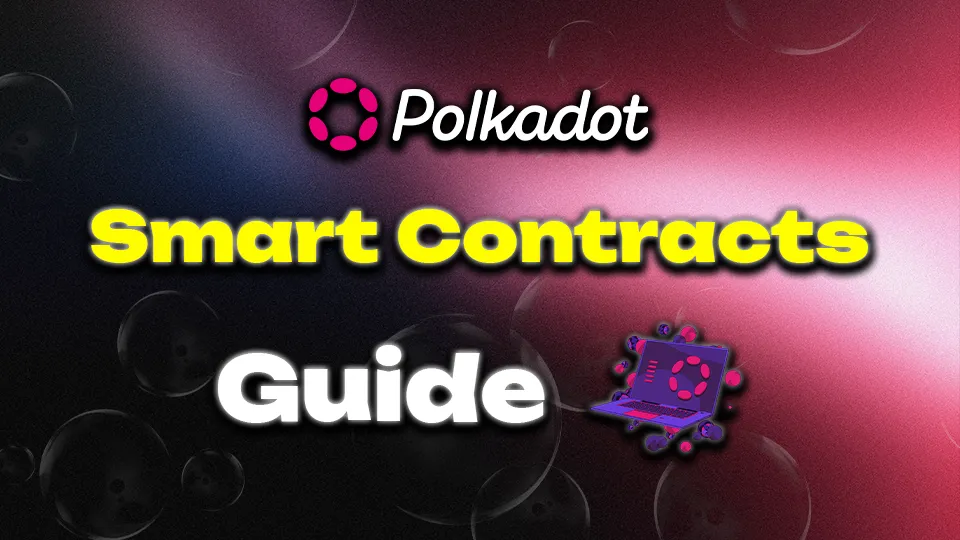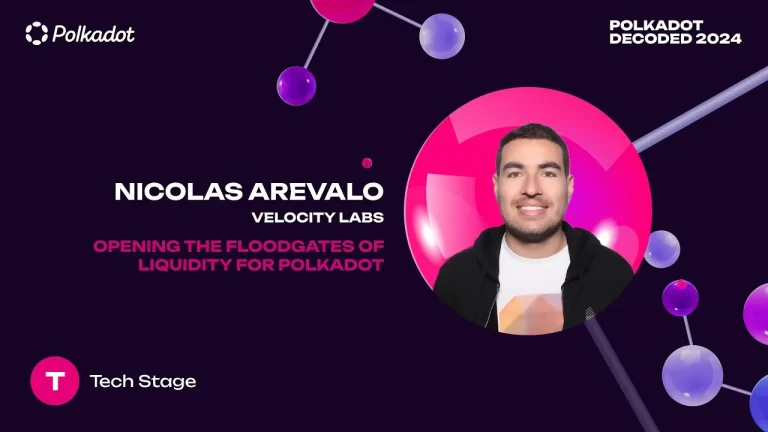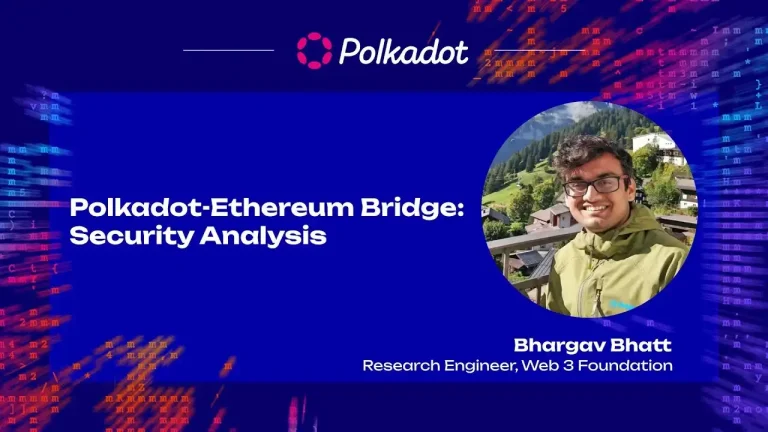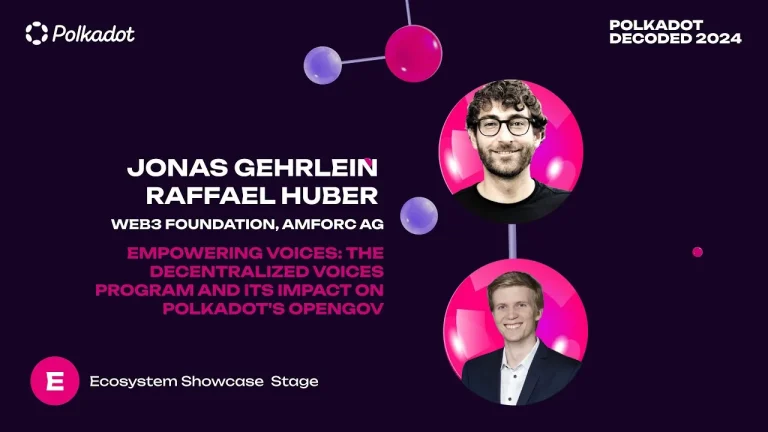Polkadot, has been a game-changer in the decentralized technology space. Created by Dr. Gavin Wood, one of the co-founders of Ethereum, Polkadot has introduced a unique approach to scalability, security, and cross-chain functionality. A pivotal element of this ecosystem is its smart contract capabilities, which, while not native to the Polkadot Relay Chain, are fully supported by several of its parachains. This article provides an in-depth guide to understanding Polkadot smart contracts, exploring the current landscape, and examining their future within the Polkadot ecosystem.
Understanding the Polkadot Architecture: Layer 0 and Layer 1
Polkadot is fundamentally different from many blockchain platforms because of its multi-chain architecture. At its core lies the Polkadot Relay Chain, often referred to as a “Layer 0” blockchain. This base layer provides security, consensus, and interoperability across all connected chains, known as parachains. However, the Relay Chain does not natively support smart contracts. Instead, this functionality is delegated to the parachains, which operate as “Layer 1” blockchains within the Polkadot network.
Parachains are sovereign blockchains that run parallel to each other, connected to the Relay Chain. They can host decentralized applications (dApps), process transactions, and most importantly, support smart contracts. This setup allows developers to create and deploy smart contracts in various environments, tailored to the specific needs of the application.
Smart Contract Environments in Polkadot: ink! and EVM
Polkadot offers developers two primary environments for creating and deploying smart contracts: ink! and the Ethereum Virtual Machine (EVM). Each environment has distinct advantages, catering to different developer preferences and use cases.
1. ink! Smart Contracts
ink! is a domain-specific language developed by Parity Technologies specifically for writing smart contracts on Substrate-based blockchains. Written in Rust and compiled to WebAssembly (Wasm), ink! is designed to offer performance, safety, and flexibility. Developers familiar with Rust will find ink! to be a powerful tool, allowing them to leverage the full capabilities of Rust’s memory safety and performance optimizations.
One of the key features of ink! is its integration with the Contracts pallet, which is part of the Substrate framework. This pallet provides the necessary tools and interfaces for deploying and managing Wasm-based smart contracts on parachains. The Contracts pallet introduces several enhancements over traditional EVM-based contracts, such as caching, efficient state management, and the ability to support a wide range of programming languages that compile to Wasm.
2. Ethereum Virtual Machine (EVM) Smart Contracts
For developers who prefer working with Solidity, Polkadot also supports the Ethereum Virtual Machine (EVM) through the Frontier framework. Frontier is a suite of tools that enables Substrate-based blockchains to natively run Ethereum contracts with the same API/RPC interface that Ethereum exposes. This compatibility layer allows developers to port existing Ethereum dApps to Polkadot with minimal modifications, making it easier to tap into the growing Polkadot ecosystem.
Several parachains, such as Moonbeam and Astar, have implemented the EVM, allowing developers to deploy Solidity-based contracts alongside Wasm-based contracts. This dual environment support enables true interoperability between different contract standards and opens up new possibilities for cross-chain applications.
Developing on Polkadot: Smart Contracts vs. Parachains
When considering development on Polkadot, it’s crucial to understand the difference between building a smart contract and developing a parachain. These two approaches offer different levels of control, complexity, and scalability.
Smart Contracts: A Higher Layer of Abstraction
Smart contracts on Polkadot are self-contained scripts that execute specific instructions on a given blockchain. When developers write a smart contract, they are creating logic that interacts with and deploys to a specific chain address. Smart contracts are generally easier to develop and deploy compared to full parachains, making them an attractive option for developers looking to build dApps quickly.
However, smart contracts have limitations, such as the need to manage upgradeability and gas fees. On platforms like Ethereum, smart contracts must pay “gas” to execute, which prevents infinite loops and other potential exploits. Although parachains on Polkadot typically use a weight-fee model rather than gas metering, the principle of resource limitation still applies.
Parachains: Defining the Chain’s State Transition Logic
In contrast, developing a parachain involves creating an entire blockchain with its own runtime, which defines the state transition logic of the chain. Parachain development is more complex but offers significantly more control and flexibility. Parachains can dictate their own environment, including how smart contracts are executed, and can swap out their entire codebase through governance mechanisms. This makes parachains ideal for projects that require custom functionality, high scalability, or specific economic models.
Moreover, parachains can host smart contracts themselves, allowing other developers to deploy contracts on the custom-built chain. This capability enables parachain developers to create ecosystems within ecosystems, fostering innovation and collaboration across the Polkadot network.
The Evolution of Gas Fees and Resource Management
One of the key challenges in smart contract platforms is managing computational resources and preventing abuse, such as denial-of-service (DoS) attacks. Traditional smart contract platforms like Ethereum address this issue through gas fees, where contracts must pay for the computational resources they consume. This model ensures that contracts cannot run indefinitely, as they will eventually run out of gas and halt execution.
Polkadot parachains take a different approach. Instead of gas fees, Polkadot uses a weight-fee model for resource management. This model calculates the cost of a transaction based on the computational resources it will consume, measured in “weight.” While this approach offers more flexibility and efficiency, it also requires developers to carefully design their contracts to avoid resource-heavy operations, such as infinite loops.
The Polkadot ecosystem also emphasizes proactive resource management at the parachain level. Parachain developers have the freedom to implement advanced resource management strategies, ensuring that the chain remains performant and secure without the strict limitations imposed by gas metering.
Polkadot Plaza: The Future of Smart Contracts in the Polkadot Ecosystem
As Polkadot continues to evolve, so too does its approach to smart contract support. A significant development in this area is the proposal for the “Plaza,” a highly scalable system chain that consolidates various functionalities into a single hub for users, developers, liquidity, and applications. This proposal aims to create a megacity within the Polkadot ecosystem, where smart contracts, asset issuance, staking, and bridging are all integrated into a seamless, user-friendly environment.
The Plaza Vision
The Plaza is envisioned as a synchronous, composable system chain that can support hundreds of millions of transactions per day. It will leverage Polkadot’s Elastic Scaling technology, which allows a single chain to use multiple cores to process transactions in parallel. This approach will enable the Plaza to scale far beyond the current limits of most blockchain platforms, supporting a wide range of applications and use cases.
Smart contract support will be a cornerstone of the Plaza. By integrating RISC-V smart contracts via PolkaVM, the Plaza will support new programming languages like ink! while maintaining compatibility with existing Ethereum dApps. This dual support will make the Plaza a hub for both traditional blockchain developers and those looking to explore new possibilities in the Polkadot ecosystem.
User and Developer Experience
One of the key goals of the Plaza is to improve the user and developer experience by consolidating functionalities that are currently spread across multiple chains. Users will no longer need to juggle assets, accounts, and state across different chains, while developers will benefit from reduced time and cost overheads. The Plaza will offer near-zero fees until scaling limits are reached, making it an attractive platform for both small-scale and enterprise-level applications.
The introduction of a priority-fee mechanism within the Plaza also presents an opportunity for value accrual to the DOT token, Polkadot’s native asset. By burning a portion of priority fees, the Plaza can create a sustainable economic model that incentivizes developers and users to participate in the ecosystem.
Strategic Focus on Usability and Scalability
The Plaza proposal represents a strategic shift towards focusing on usability and scalability within the Polkadot ecosystem. While the current trend has been to distribute functionalities across multiple chains, the Plaza aims to concentrate resources on building a single, highly scalable system that can serve as the core of the Polkadot network. This approach will allow Polkadot to compete with synchronous systems while laying the groundwork for future expansion as scaling pressures increase.
Conclusion: Embracing the Future of Polkadot Smart Contracts
Polkadot’s approach to smart contracts, characterized by its support for both ink! and EVM environments, offers developers unparalleled flexibility and control. As the ecosystem continues to grow, the introduction of the Plaza represents a significant step forward in realizing the full potential of smart contracts on Polkadot. By creating a centralized hub for smart contracts, asset issuance, staking, and more, the Plaza will enable developers to innovate and build on a scale previously unimaginable.
As Polkadot prepares to enter this new era, developers and users alike have the opportunity to be at the forefront of blockchain technology. Whether building on existing parachains or contributing to the development of the Plaza, the Polkadot ecosystem offers endless possibilities for those willing to explore its depths. The future of smart contracts on Polkadot is bright, and the journey is just beginning.








